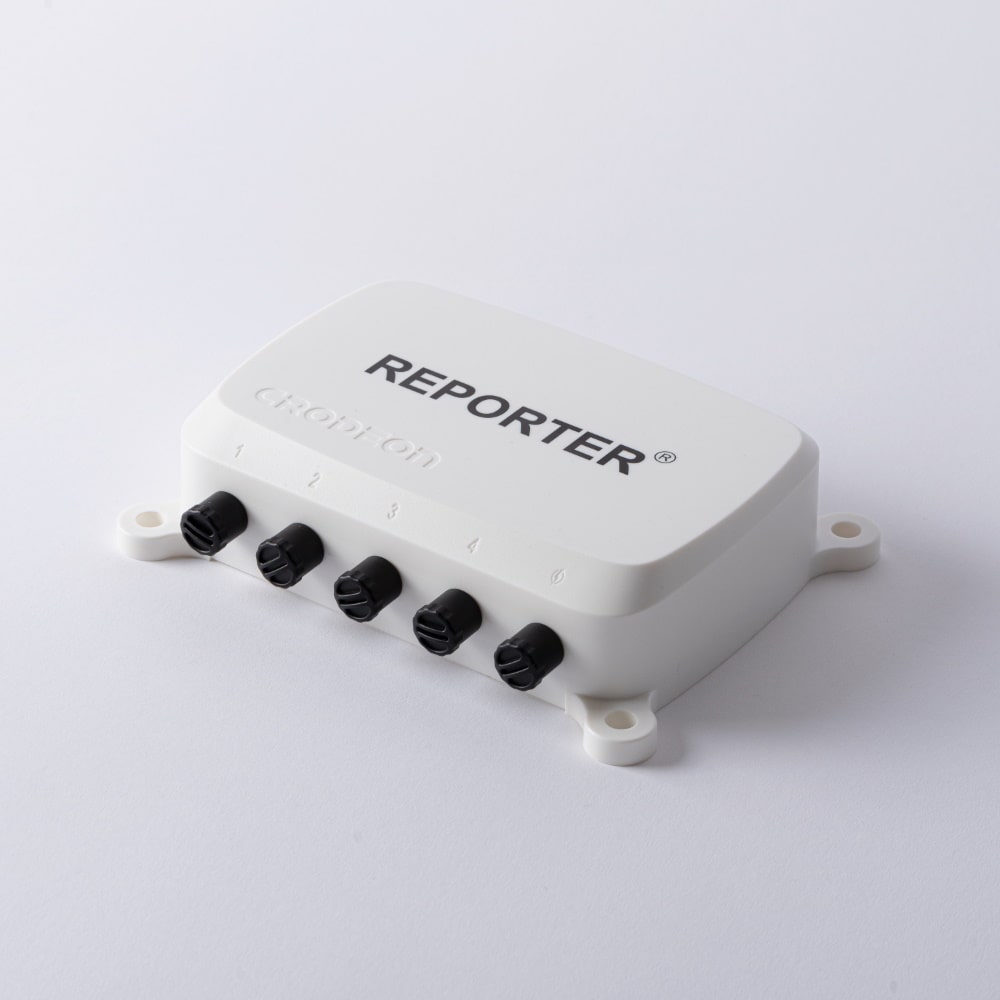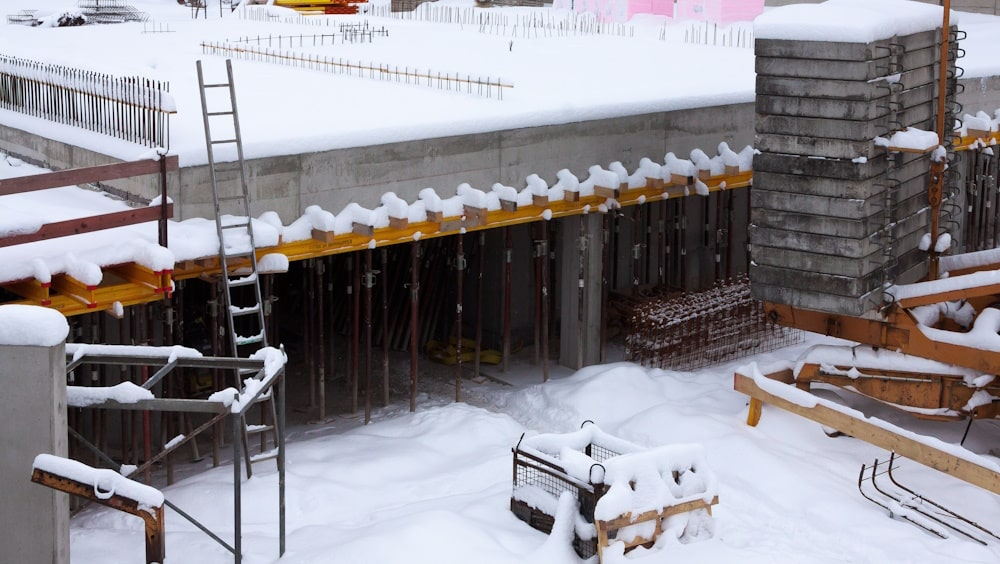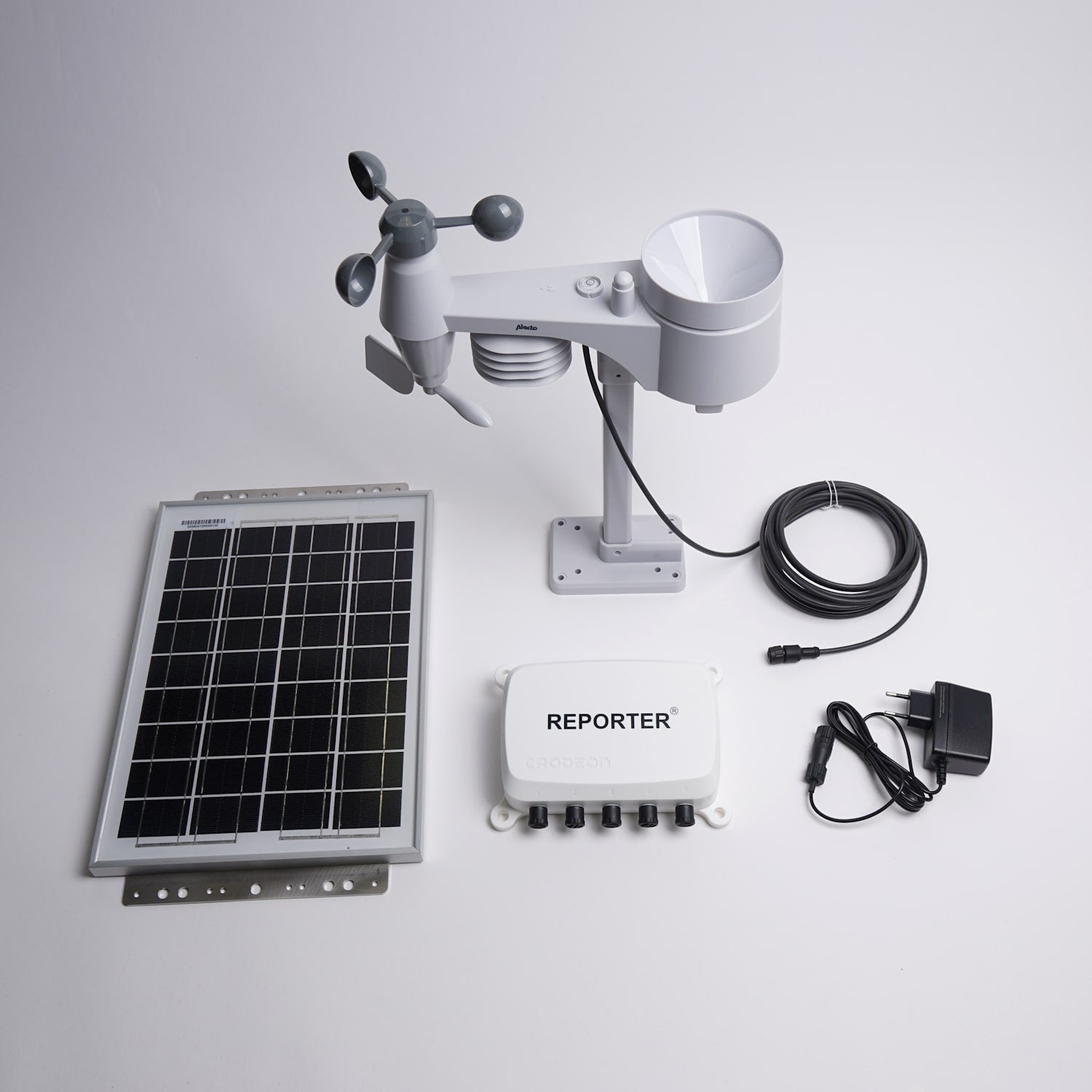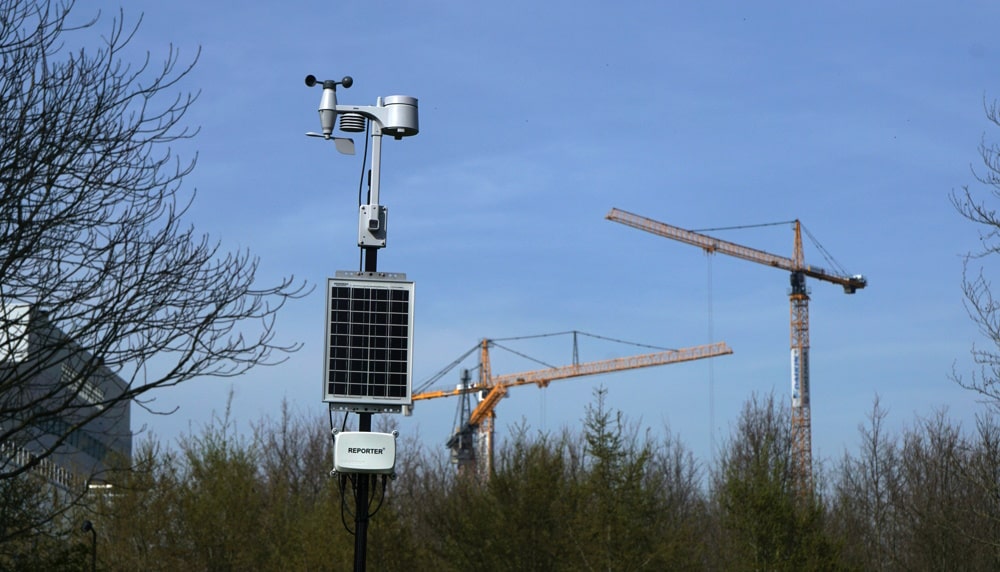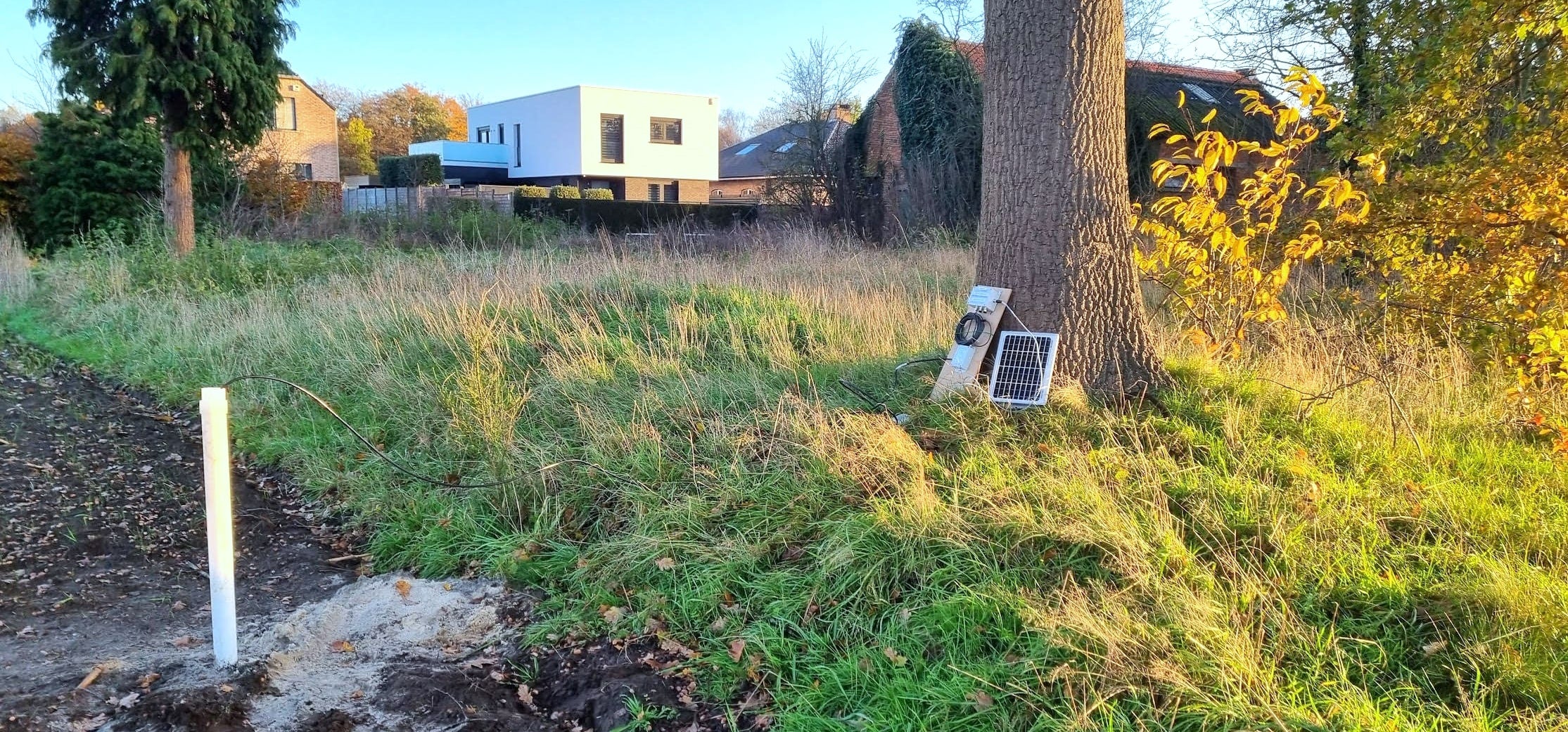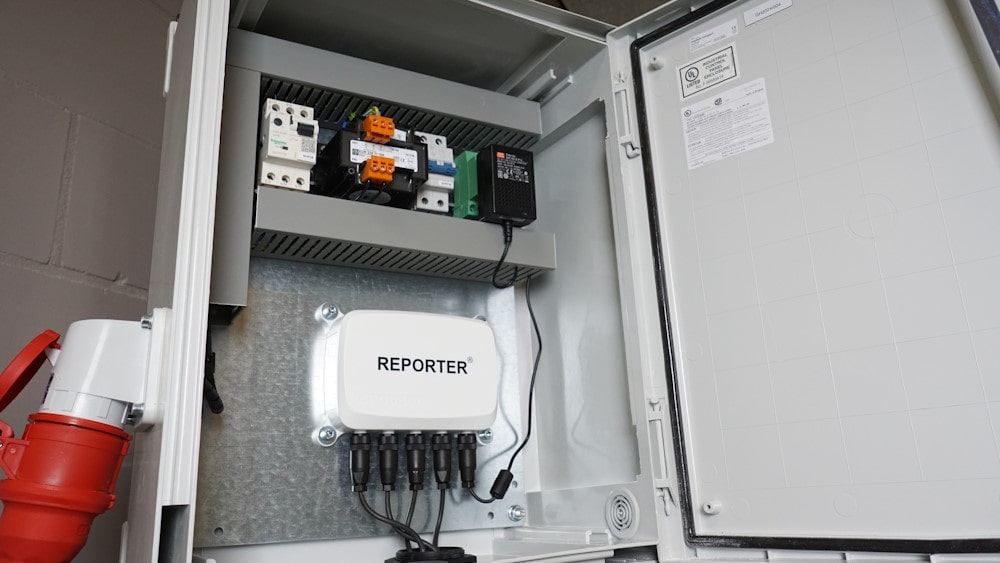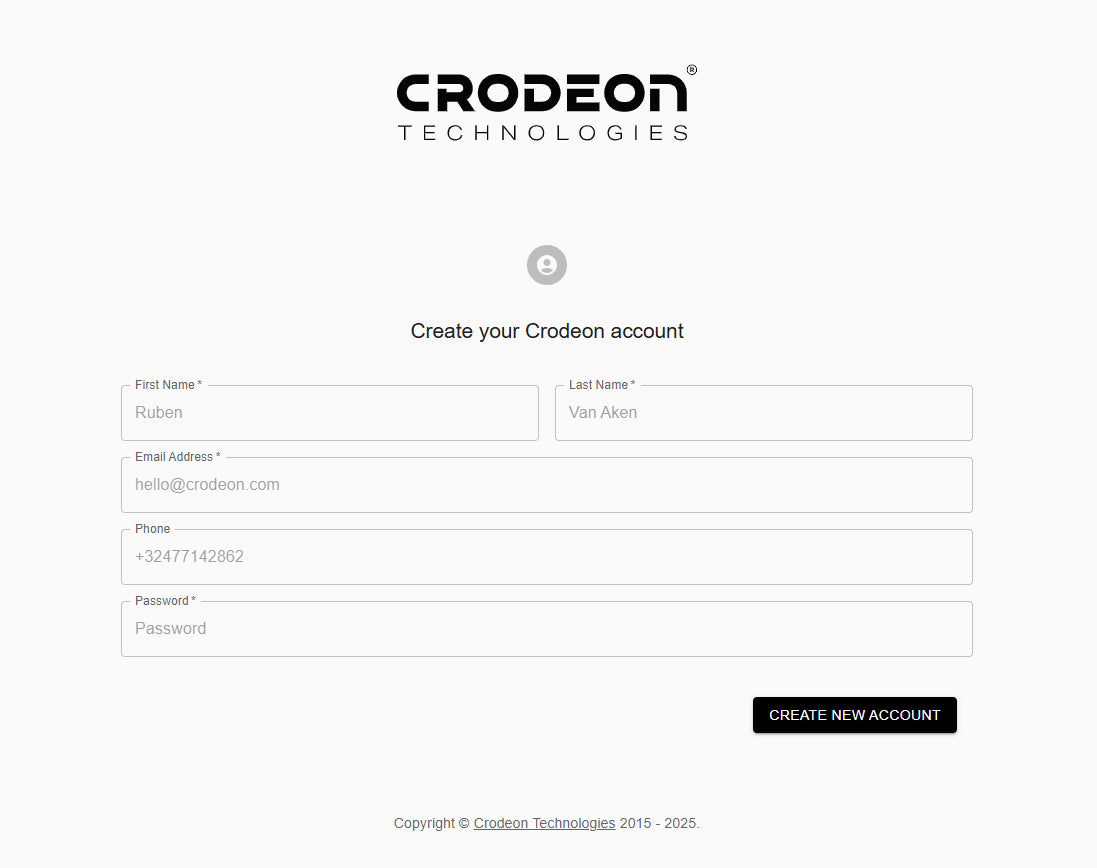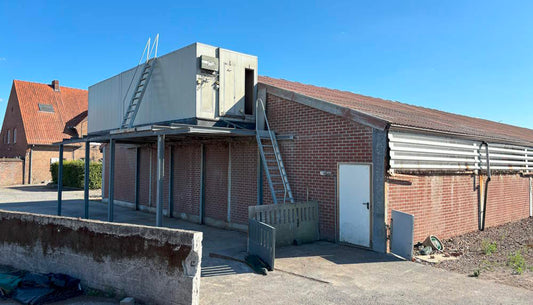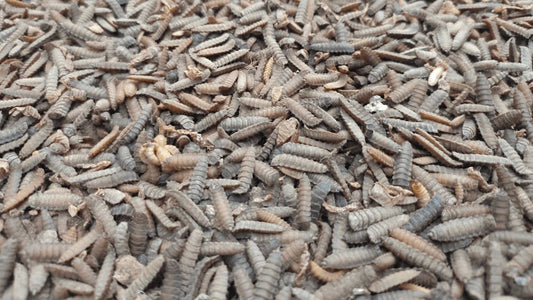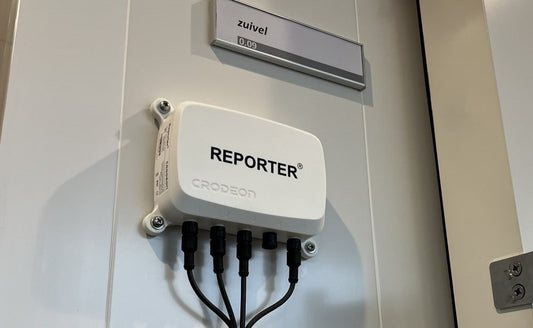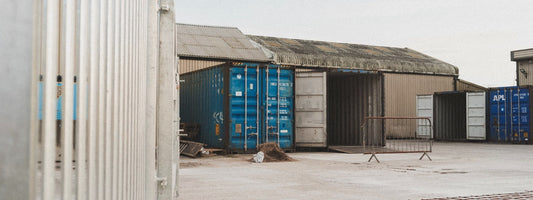Construction site monitoring - safety & efficiency
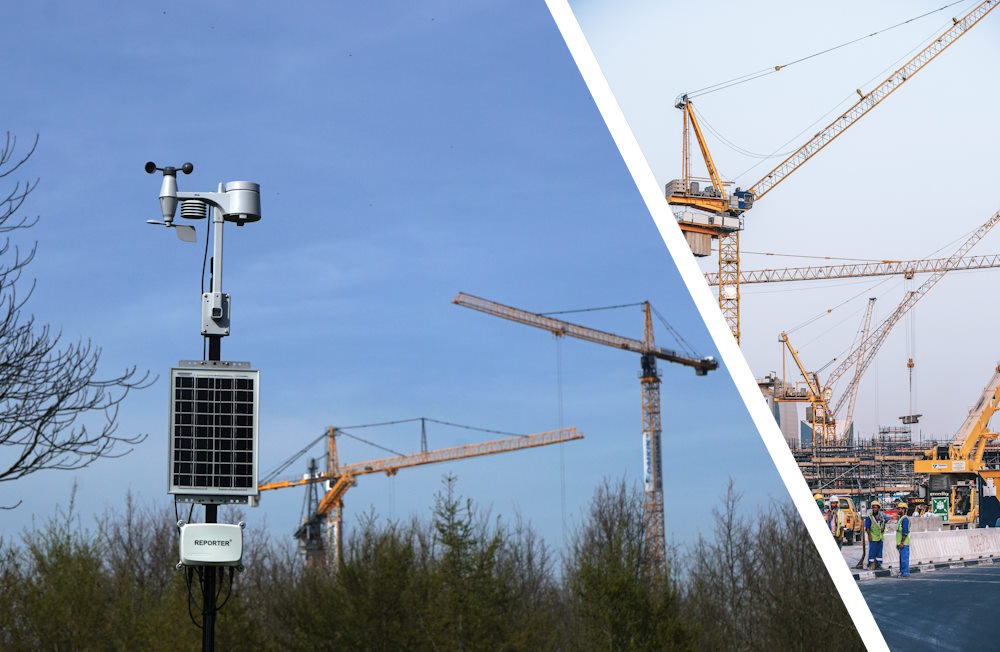
When working outdoors, construction crews face unpredictable weather conditions like frost, rain, storms, and extreme heat. Accurate construction site monitoring provides critical insights into weather patterns, as well as important parameters like water flow, machine movement, concrete curing times, and so much more.
Read on to uncover why construction site monitoring isn't just essential – it's the game-changer your construction firm needs.
The essentials for construction site monitoring
What you need for your weather station for construction site monitoring:
- A mobile, autonomous weather station that allows additional sensors
- A stable base to mount the sensor on (a crane, a machine, a pole)
- Real-time data and alarm notifications
- A power source
- An internet connection
Those last two factors are no simple task when the construction site is at a remote location where a WiFi connection hasn't been established yet and grid power is unavailable. Therefore, you need an autonomous system. You need a system that keeps an eye on your construction site, while continuously sending data to the cloud for you to access, but that also notifies you when something is wrong. Even in case of a power outage at your construction site.
Reporter as a weather station on your construction site
For large-scale construction projects, relying on a general weather forecast can be insufficient. Implementing a dedicated construction site weather monitoring system with alarm notifications ensures you receive accurate, site-specific data. By receiving real-time notifications, you can determine whether work can proceed, stay informed, adjust schedules proactively, and avoid costly delays.
Reporter is a mobile, autonomous and customisable plug & play system that allows you to do all of the above. Reporter is compatible with grid power or its own solar panel. It has its own cellular internet connection through a SIM card and is able to send out measurements to the cloud (Crodeon Dashboard) as frequently as every 60 seconds.
Easy data access
Reporter makes data gathering accessible. Live measurement data can be watched in real time, either through the Crodeon Dashboard or by integrating the data into third-party systems using the Crodeon API.
Historical data can be downloaded off the Dashboard as a csv file and opened in Excel, giving you access to an easy data export. You can also access historical data through the API.

How smart construction site monitoring keeps an eye on your project
A remote monitoring system enables accurate construction site weather monitoring while simultaneously tracking other parameters regarding the construction of your project. This allows you to make better decisions safety-wise. Human perception isn't objective, we might perceive a risk as minimal and continue working. Meanwhile, the actual factual data might show that work cannot be carried out safely and should be paused.
This is why you need a logging system that collects real-time data, like Reporter. A weather sensor connected to Reporter becomes an instant weather station for construction sites that helps keep your staff safe. Through the built-in alarm notifications feature you can set to receive voice calls, text messages or emails to notify you about current weather conditions.
Types of construction site monitoring
Curious about how Reporter can solve your construction site challenges? Let's explore the numerous ways this powerful tool can optimise your site operations.
Monitor concrete curing times
Every cm of concrete needs a week to harden completely, depending on temperature and other factors this can be either faster or slower. A temperature and humidity sensor keeps track of ambient temperature and the moisture released into the air. Reporter reads the sensor data and sends it to our cloud platform: the Crodeon Dashboard.
Based on this live and logged data you can determine whether the recently poured concrete still needs extra curing time, or whether it's fully hardened.
Jan De Nul and DEME used Reporter for this purpose when they constructed the caissons for the Princess Elisabeth Island.
Extreme heat at your project site
High temperatures can cause overheating, both for your workers and your equipment. Don't forget that dangerous chemicals could also spontaneously combust.
A weather station on your construction site can keep an eye on temperatures in real-time. Based on these readings you can decide to postpone the work until temperatures have lowered and your staff can safely continue the project.
Frost on the construction site
Low temperatures can cause hypothermia and increases the risk for staff to slip and fall. Which is why it's important to prevent your staff from working in these conditions.
Furthermore, it's impossible to pour concrete (foundations) or lay bricks when it's freezing or is about to freeze. Mixing becomes impossible when the mixture is too stiff. Concrete and mortar only harden at temperatures of 5°C and up. Besides, fresh brickwork can break by freezing, it's vital to cover up and insulate new walls to protect them.
It would be useless to come onsite with these works in mind, only to find out that the temperature is too low to carry out the planned works. That's simply wasted time. This can all be prevented by installing a weather station for construction sites like Reporter, that tracks the current weather for you.

Construction site monitoring for storms
Scaffolding, cranes, ladders and other temporary high constructions need to be windproofed so they aren't blown away. But even then they aren't safe from storms and neither is your staff if they continue working in such harsh weather conditions.
When you employ Reporter as a weather station on your construction site it will monitor and log wind speed and direction. This extra pair of eyes provides crucial information, even when you're not physically onsite.
Hoisting large objects during windy conditions is also subjected to strict laws, which is why Reporter was used during the renovation of the Haringvliet Bridge in the Netherlands.
Water monitoring on your construction site
Water is often tightly connected to construction work. You might have to start a dewatering project to lower the groundwater level. This means that you need to install groundwater level sensors and water flow meters to see when you can safely start your foundation works. You might also have access to a water tank that you want to closely monitor with an ultrasonic distance sensor or radar level sensor.
Just imagine the kind of havoc that would be wreaked upon your project site when a pipe gets blocked or a water container starts to overflow. Timely warnings and ample real-time data are the answer. Whether it's water flow, groundwater, or water level, construction site monitoring with Reporter wouldn't go amiss.
Read the blog below to discover how Steen Vastgoed uses Reporter to monitor groundwater level at a construction site for legal purposes.
Rain on the construction site
A little drizzle never hurt anyone, but a full-blown rainstorm can cause a heap of problems on your construction site. Rain can impair vision and cause roads and fields to become slippery. Big trucks could get stuck in heavy soil when it turns to mud. Fresh brickwork can be damaged as mortar can be washed away, hurting the structural integrity of the wall as the bricks fall out.
This is where Reporter's alarm notification system helps save the day after you have left the site. When you install a weather station on your construction site, and rain is registered by Reporter, you receive an alarm notification. Going back to the project site to put an extra cover over your fresh brickwork is a quick and simple measure that prevents big problems.
Machinery monitoring on a project site
Several different kinds of equipment and machinery consist of moving parts. A limit switch can monitor the position of such a part. As this sensor is compatible with Reporter you can easily track the position of your crane while also monitoring the weather. This makes Reporter the ideal candidate for combined construction site weather monitoring.

Onsite pressure monitoring
When you have pressurised pipes running across your project site you might want to keep an eye on those. A pressure sensor can help you detect any changes in the pipes and warn you when needed.
This too is possible with Reporter's construction site monitoring.
Get started with your own construction site weather monitoring
Ready to transform your construction site with advanced monitoring technology? Get started with your own Smart Construction project today and ensure your projects run smoothly, safely, and on schedule. Contact us if you have a question.
FAQ
Can I use Reporter to find weather patterns for my location?
Yes, Reporter as a weather station for construction sites will gladly track and log historical weather data for your project.
When constructing large buildings, it can be important to see if a specific location is subjected to a certain weather pattern. Let's take a large office building for example, prior to construction it would be wise to monitor whether the specific location suffers from strong winds during a particular season. Or if there is heavy rainfall that needs to be taken into consideration (providing ample drainage, an underground reservoir etc.) Both for the actual construction period and the building's design, this data can be relevant.
Can I install Reporter into an electrical cabinet?
Yes, Reporter can be installed into a non-metallic cabinet that doesn't interrupt the GSM signal. Read the blog below to read the installation manual for electrical cabinets.
Alternatively, Reporter can just be installed outside in the open air since the sensor device has environmental protection rating IP67.
Can I use Reporter as a power failure detector for my construction site?
Yes, Reporter can detect a power cut when it's connected to grid power or a generator. Read the blog below to learn more about how Reporter notices power outages.
Can I automatically integrate Reporter's data into my own software?
Yes, Reporter comes with an API that allows you to connect any third-party application to Reporter's data. This allows you to integrate live measurement data into your own systems.

